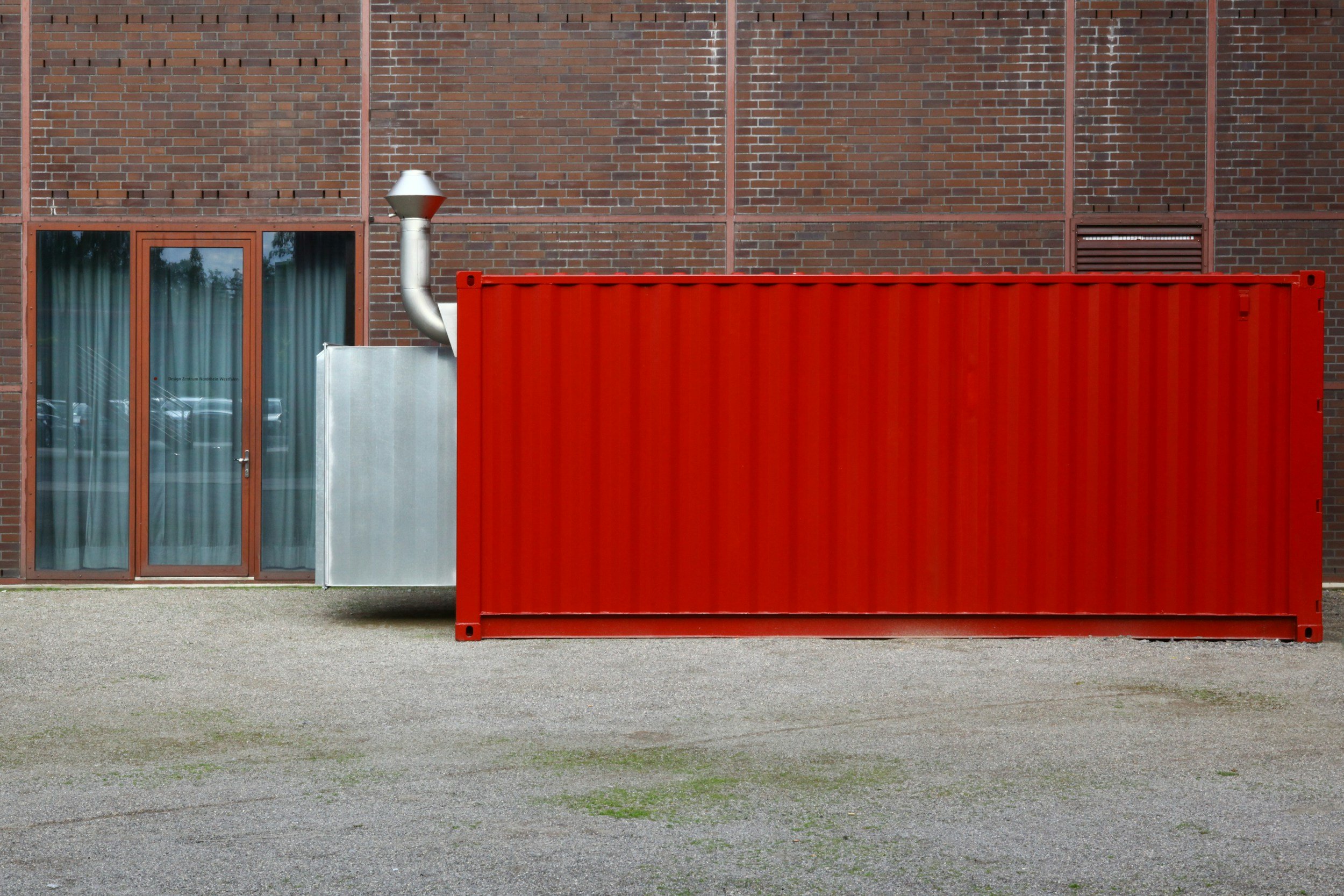
Bioletrix
The beginning of an Ag Energy Network
Bioletrix is a groundbreaking venture between earthsfibers and Glanris to develop a Containerized Biochar and Energy System (CBES)—a small-scale, containerized biochar unit, is designed to convert agricultural byproducts into biochar while generating electricity. This pioneering technology will be the first of its kind and is poised to bring significant environmental and economic benefits to agricultural regions, particularly in the Global South.
A New Era for Sustainable Agriculture
Bioletrix LLC represents a breakthrough in sustainable innovation, integrating waste management, energy production, and carbon sequestration in a single, deployable system. The CBES is designed to empower agricultural communities, drive climate action, and position Bioletrix as a leader in the global movement toward a circular bio-economy.
Addressing Agricultural Waste and Climate Change
Agriculture generates millions of tons of by-products annually, much of which decomposes and releases greenhouse gases into the atmosphere. By leveraging pyrolysis technology to convert agricultural waste—including, but not limited to cassava, banana, and sugarcane byproducts—into biochar, Bioletrix will not only help mitigate climate change but also create economic opportunities for rural communities.
The Tech
Innovative Kiln Design and Energy Efficiency
The CBES features a continuously operating, counter-flow, direct-fire rotary kiln. Unlike traditional rotary kilns that rely on costly energy sources such as natural gas, electricity, or propane, CBES will utilize a self-sustaining energy model:
The system will gasify agricultural by-products, as they enter the kiln, creating syngas and biofuels that power the combustion process.
This self-sustaining combustion layer (occupying the top 25%-30% of the kiln) reduces external thermal input, minimizing operational costs and environmental impact.
The anaerobic environment within the kiln eliminates the need for expensive inert gases, significantly reducing costs.
A built-in thermal oxidizer ensures low-emission exhaust, aligning with sustainability goals.
Self-Sufficiency and Renewable Energy Generation
To be fully self-contained, CBES will include a small generator to initiate operations. Dried cassava or other available biomass will provide the initial heat, after which the system will generate electricity to sustain itself. This energy can also be utilized to power local infrastructure, micro-enterprises, medical clinics and village needs.
Environmental and Economic Impact This initiative goes beyond waste reduction and energy production—it fosters a circular economy by:
Creating carbon credits as an additional revenue stream for local farmers.
Enhancing soil fertility with biochar applications, leading to higher agricultural yields.
Providing affordable, renewable energy to off-grid communities.
Establishing a scalable model for global implementation, with a focus on regions in the Global South.